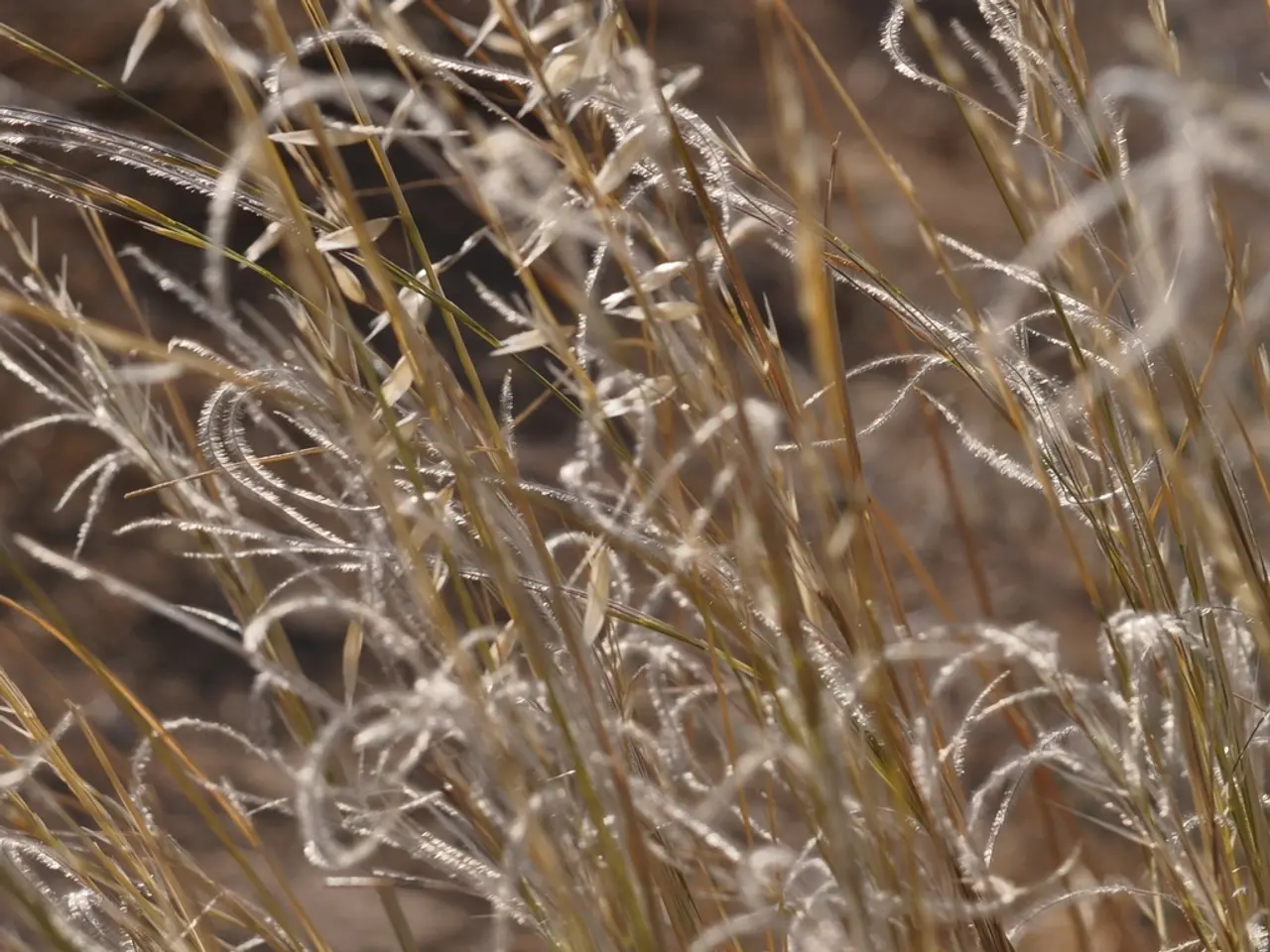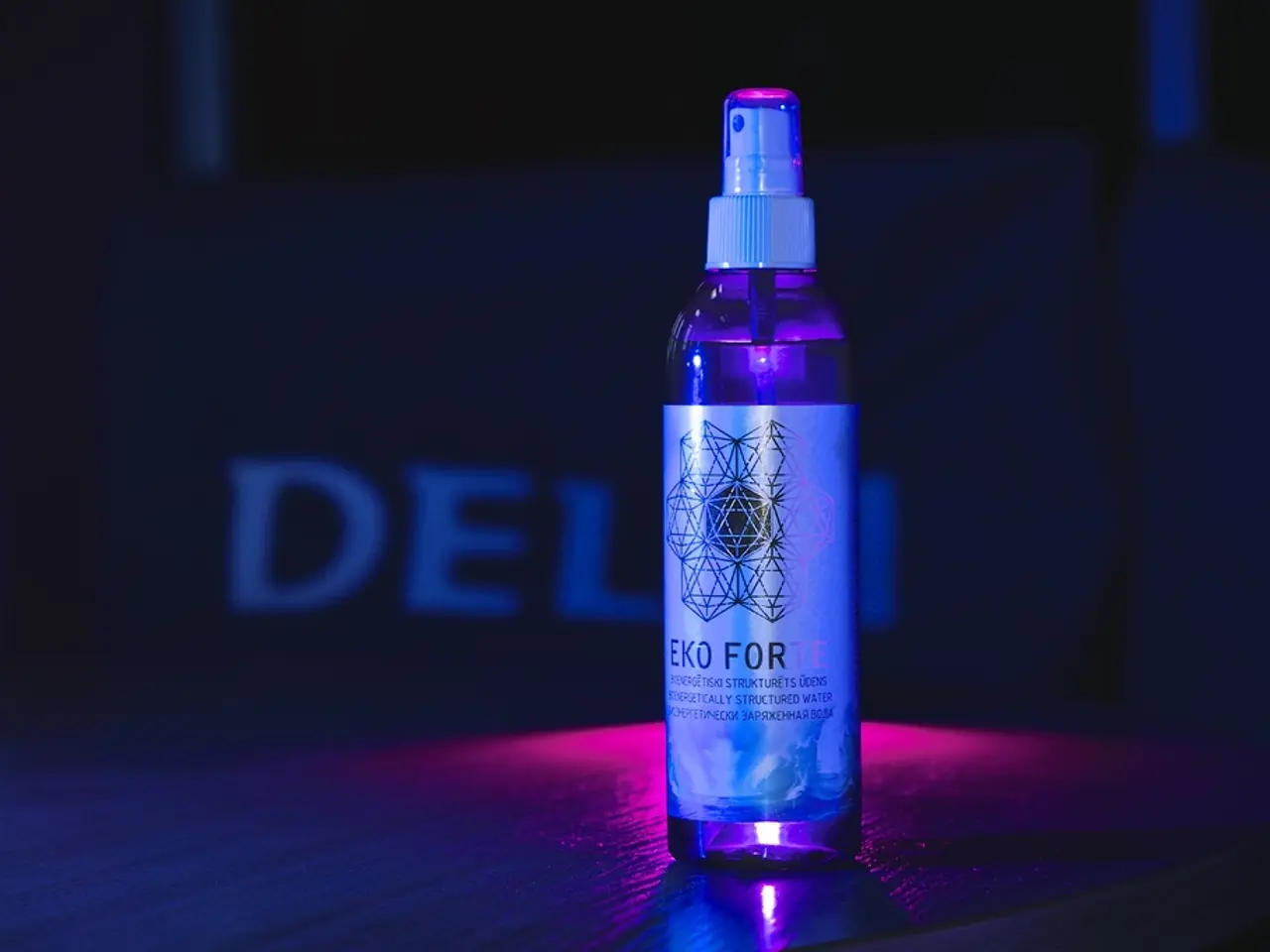Turfgrass Summer Update: Enhancements for the Sizzling Season
Summer patch, a common turfgrass disease, can cause significant damage to lawns during warm, humid weather. This disease, caused by the fungus Magnaporthe poae, is one of at least six patch diseases recognised in turfgrass.
The optimal temperature for the growth of M. poae in the laboratory is reported as 82-87°F. However, colonisation of the host begins when soil temperatures reach 65-70°F. Symptoms don't generally appear until later in the season when temperatures peak (85-95°F).
For managing summer patch on turfgrass, recommended cultural practices and preventive fungicide applications include a combination of strategies. Maintaining a proper mowing height suited to the turf species, typically around 2½ to 3½ inches for warm-season grasses, is crucial. Raising mowing height to 3-4 inches during summer reduces stress on the turf and helps recovery.
Deep, infrequent irrigation is also essential to promote deep rooting and avoid excessive leaf wetness that favours fungal infection. Watering early in the day to allow drying before night is recommended. Reducing thatch buildup by dethatching if it exceeds ½ inch, as thatch harbours pathogens, is also important. Aerating to alleviate soil compaction and improve root zone oxygen and water movement, and avoiding excessive or unbalanced nitrogen fertilization are other key practices.
Improving poorly drained areas to prevent standing water and root stress, and using genetically resistant turfgrass in newly established or renovated turfgrass areas or in situations where overseeding is used, are additional strategies to consider.
Preventive fungicide applications can also play a role in managing summer patch. Fungicides such as azoxystrobin, propiconazole, myclobutanil, and thiophanate-methyl are commonly effective. After fungicide application, irrigate lightly (¼ to ½ inch) to move the product into the root zone where the pathogen attacks turf roots. Following label instructions carefully for dosage and timing is essential to ensure safety and efficacy.
Timely preventive fungicide applications may be considered, with the first application recommended when soil temperature (at 2-3 inches) reaches 65°F for 3 consecutive days. Many newly released Kentucky bluegrass varieties offer resistance to summer patch.
Management practices that promote adequate drainage, reduce soil compaction, and promote healthy root growth, along with a balanced fertility program, are key to avoiding summer patch. Overhead irrigation tends to increase disease pressure for summer patch, so watering early in the day and allowing the grass to dry before night is recommended.
Figures 3 and 4 provide visual representations of active summer patch on a mixed creeping bentgrass/Poa annua putting green, and ectotrophic runner hyphae and vascular discoloration in a root caused by Magnaporthe poae, respectively.
In conclusion, a combination of cultural practices and preventive fungicide applications forms an integrated management strategy to reduce summer patch severity, promote healthy turf growth, and improve disease resistance.
The understanding of soil science is crucial in managing summer patch, as the fungus M. poae starts colonizing the host when soil temperatures reach 65-70°F. For individuals with health-and-wellness concerns, it's essential to understand that proper lawn care, such as maintaining a suitable mowing height and incorporating deep irrigation, can contribute to reducing medical-conditions related to increased fungal growth in the environment.




